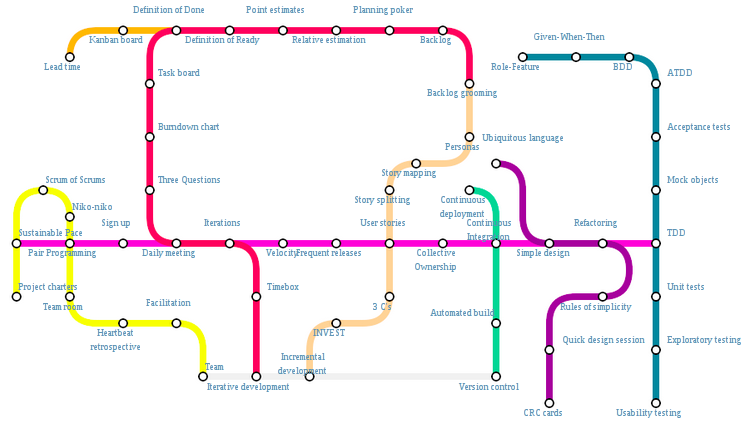Avez-vous la culture agile ? Agile Timeline: 1976: publication of Software Reliability by Glenford Myers, which states as an “axiom” that “a developer should never test their own code” (Dark Ages of Developer Testing)
CAMARADES AGILISTES, “INDIGNEZ-VOUS !”: Quoi qu’en disent les SSII, l’agilité et le mode forfait sont immiscibles comme l’eau et l’huile !
PHP: a fractal of bad design: programming is a hilariously young discipline, and none of us have the slightest clue what we’re doing.
- Keep it very simple
- Don’t re-invent the wheel
- Go with proven and solid technologies when you can



